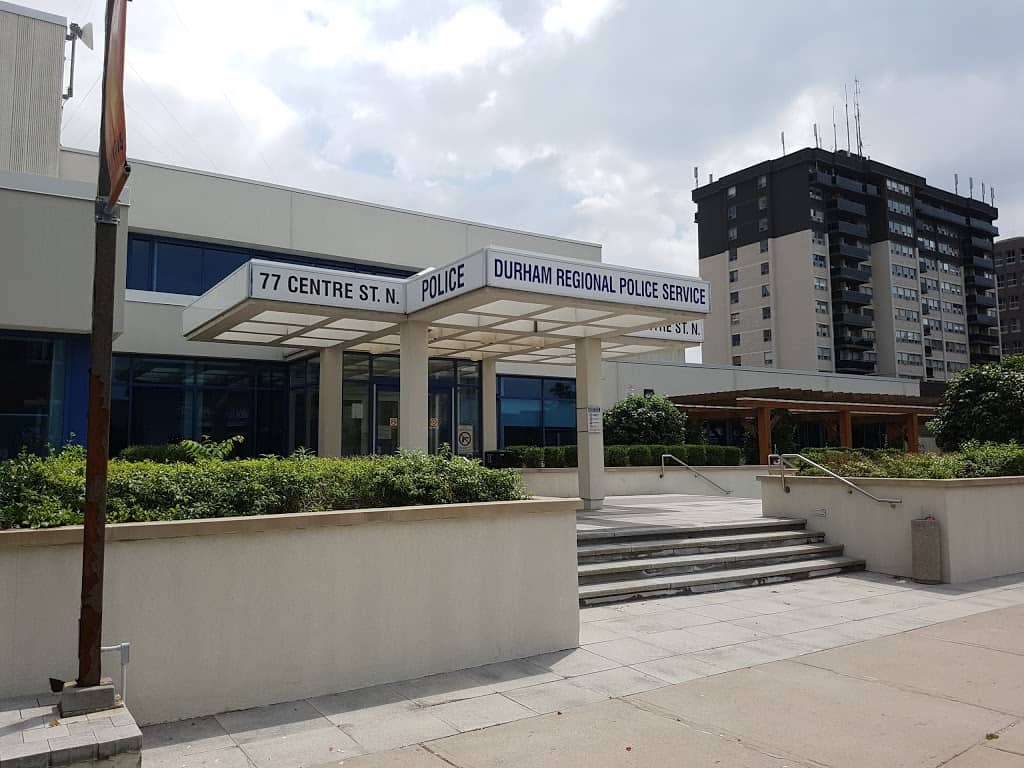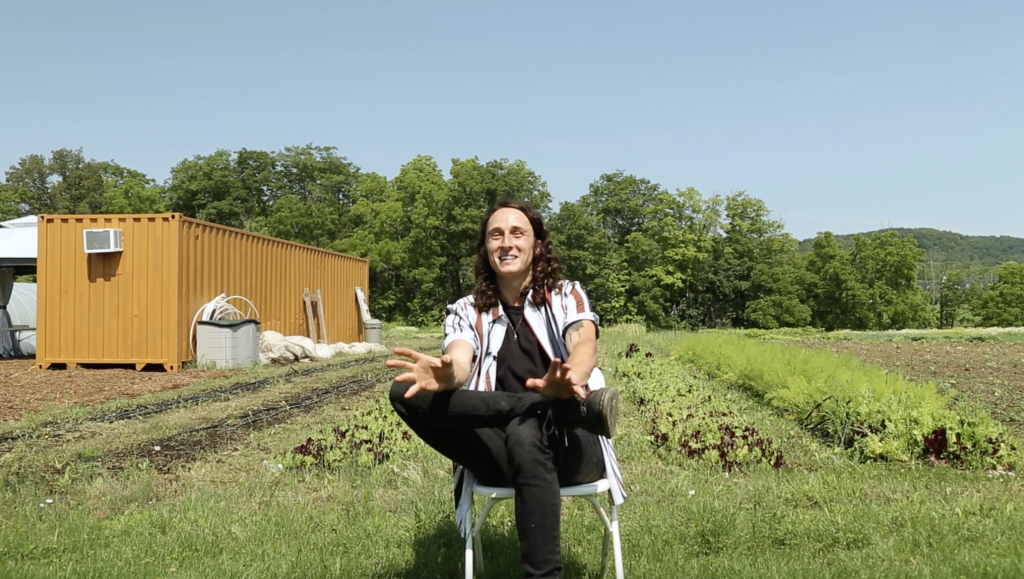Durham Police reports Black citizens are over-represented in use of force incidents from Pickering to Clarington
Published December 20, 2021 at 2:28 pm

Durham’s Black residents are more likely than their white peers to experience a police use of force, according to a comprehensive demographics study performed by the Durham Region Police Service (DRPS).
Durham’s population is about eight per cent Black, but 22 per cent of police use of force interactions were directed at Black people.
“The relationship between law enforcement and the people they serve must be based on trust,” the report says, “Ultimately, Durham Regional Police Service’s Race-Based Data Collection Strategy is a step towards building public trust and community safety through greater transparency, equity, and non-discriminatory policing”
The DRPS study is the first pillar of a four-point plan to improve transparency and remove systemic barriers from the service by collecting and analyzing race-based data, increasing community engagement in policy review, providing more frequent anti-racism training, and performing a demographic census.
This plan was undertaken in 2020 in the wake of the murder of George Floyd at the hands of Minneapolis police.
Floyd’s death sent shockwaves around the world, including in Durham Region. Black Lives Matter organized numerous protests throughout the Region over the summer, including at police stations.
Around that time, a video made a year previously of DRPS officers leaning on a teenager’s neck in Whitby as he’s arrested resurfaced sparking fresh controversy. After the video resurfaced, DRPS released a statement saying the officers were found to be following protocol by the Office of the Independent Police Review Director.
View this post on Instagram
Around the same time, Michael Theriault, a Toronto police officer, was on trial for beating Whitby’s Dafonte Miller badly enough to inflict critical wounds including rupturing the teen’s eye.
The highly visible case led to numerous protests in Oshawa. Theriault was later convicted and is currently serving a nine-month sentence as Toronto Police try to remove him from the service. A higher court recently decided not to hear his appeal.
One of the major calls of Black Lives Matter, as outlined on the website, is to defund the police. The Region, in turn, chose to increase the police budget to more than quarter of a billion dollars for 2022, a 3.35 per cent hike.
However, the Region and DRPS has started numerous programs to address discrimination, such as a recently appointed anti-racism taskforce, and renewed sensitivity training for Regional Councillors following allegations of misconduct from Whitby and Clarington.
Another part of the push for greater accountability is the Region’s Body-Worn camera project, responsible for much of the police budget increase. The cameras rolled out in Ajax, Pickering and north Durham in September.
DRPS completed the first phase last week with cameras coming to Clarington and Whitby in the new year. Oshawa will see the cameras after that.
A year and a half after the original commitment on their four-point plan, DRPS has concluded the first step: a thorough analysis of all police interactions that resulted in a use of force.
“This data will not be used to stigmatize racialized communities, target officers or impose individual punitive measures but instead allows us to evaluate our operations and work collaboratively with members of racialized communities to achieve common goals.”
Police has a broad definition of what constitutes a use of force. An officer using open-handed strikes, pepper spray, batons, tasers, firearms (either fired or drawn) all qualify, as do K-9 unit takedowns. Physical control of an arrested person doesn’t qualify.
Durham Police got 180,600 calls for service last year that involved police-citizen interaction. Per the report, police used force in roughly 0.1 per cent of these.
Police used force in 259 incidents involving 335 citizens. Of the 259 incidents, 22 were focused on an animal subject or no subject at all due to accidental discharges.
Officers are mandated to submit a report to the Minister of the Solicitor General after any use of force. Police were required to record the perceived race of the member of the public involved starting in January 2020, making it the first year with racial data.
DRPS said in the study none of the uses of force they analyzed were deemed excessive, with civilians receiving minor injuries. There were no recorded differences in the rate of injury across racial groups.
However, the study found white people in Durham were underrepresented in use of force interactions. While 72 per cent of the Regional population is white, they were the subject of 62 per cent of the use of force.
Black people meanwhile represent eight per cent of the Region’s population but were subject to 22 per cent of uses of force. People of Middle Eastern descent were also over-represented, involved in three percent of incidents, while making up 1.5 per cent of the Durham population
DRPS provided a full breakdown;
- East Asian, 3.8 per cent of incidents, five per cent of population
- Indigenous, 0.4 per cent of incidents, two per cent of population
- Latino, 0.4 per cent of incidents, one per cent of population
- South Asian, 2.5 per cent of incidents, 8.6 per cent of population
In 74 per cent of incidents, officers used force in reaction to a member of the public either after a service call, or in the course of a follow-up investigation. The most common reason for an officer-initiated use of force was in executing a search warrant at 12 per cent of incidents.
Finally, police found Black residents were over-represented in calls about an armed person, which often require a forceful response. Armed person calls were 34 per cent of all calls, with Black residents making up about 25 per cent of them.
In over half of these cases a weapon is not found on the person.
insauga's Editorial Standards and Policies advertising







